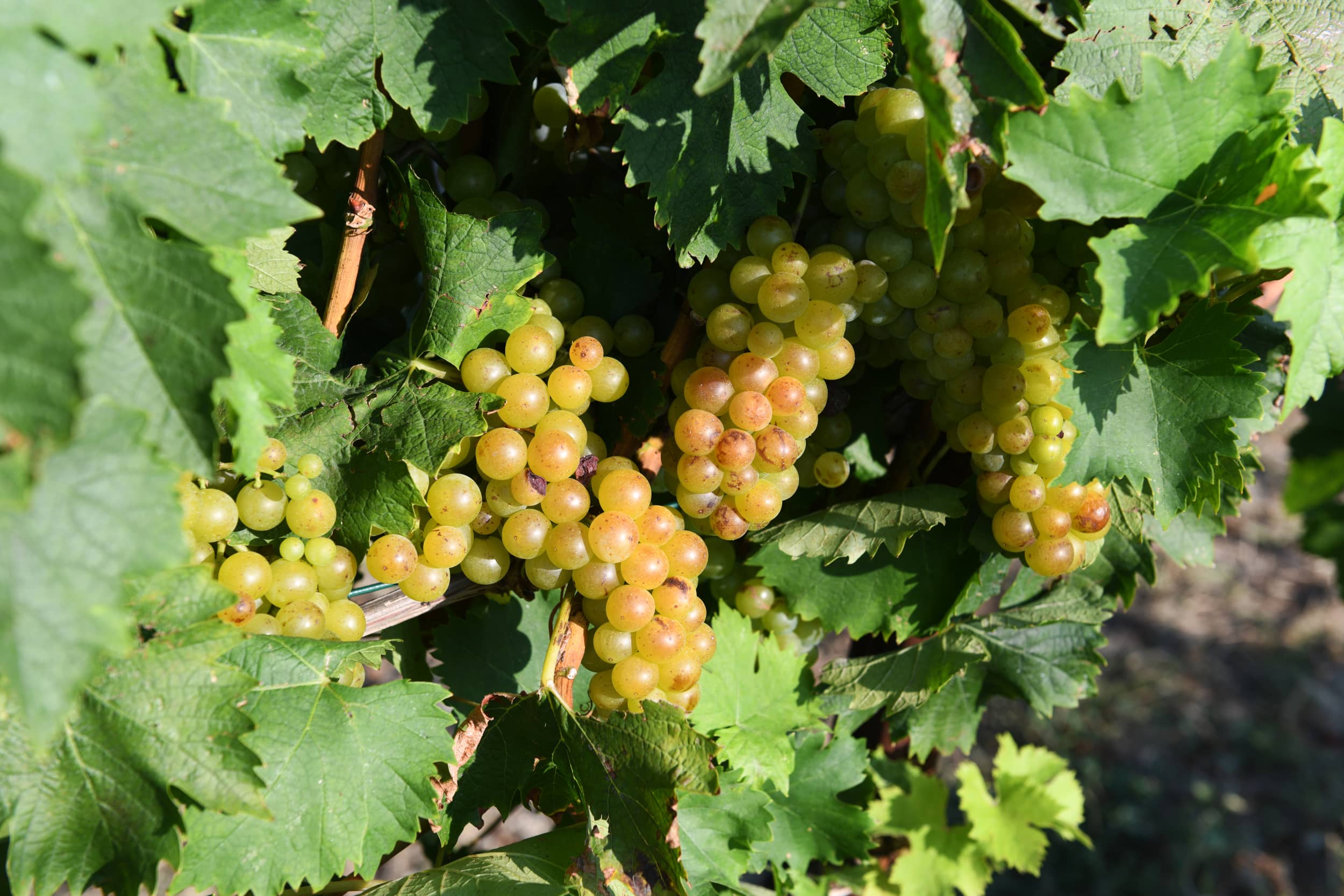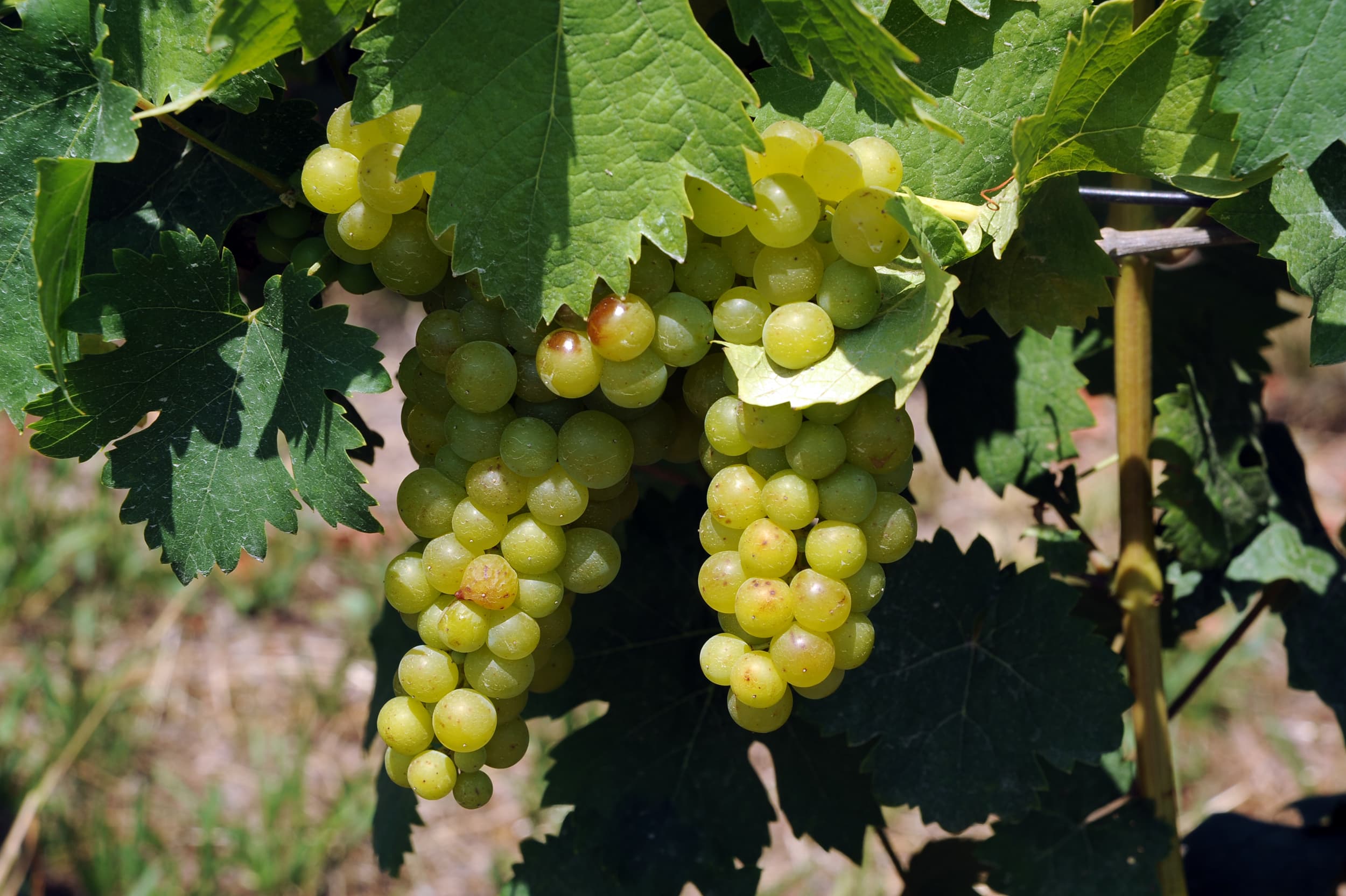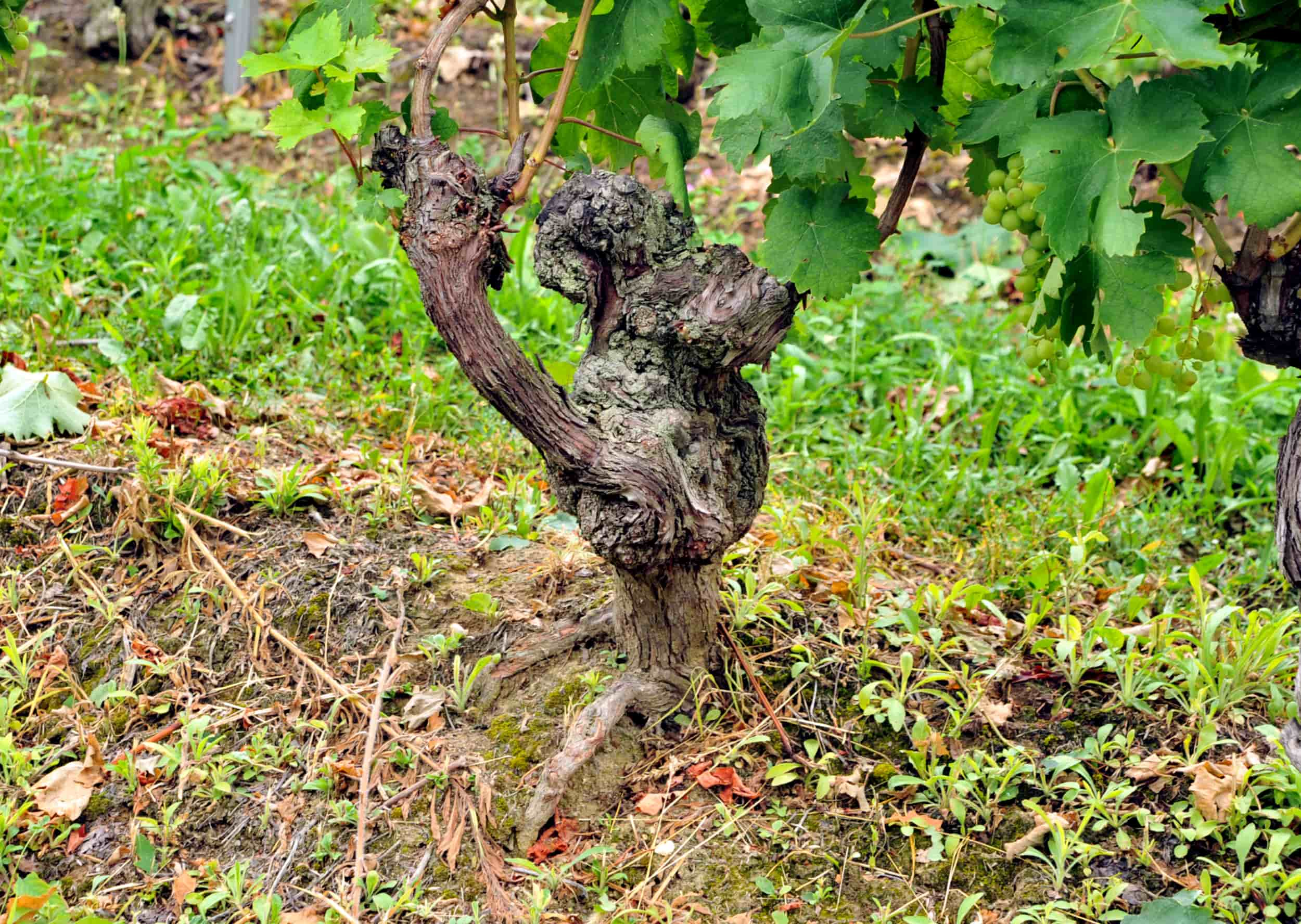The summer climate
The months of July and August constitute the most representative period of summer. Nonetheless, they are significantly different in terms of climate and length of days.
In July, the progressive reduction of the light period is not yet noticeable, the temperature variations between day and night are limited and the average 24-hour temperature is high. Air humidity is normally high, even with rainfall that is not always abundant.
In August, the days are significantly shorter and the nights longer. Although the climate may continue to be sunny, the difference in temperature between day and night is clearly noticeable. This results in particular air movements. Locally, the convective motions are accentuated by which slight currents of hot air are formed which travel up the slopes, opposed to other, colder ones, which instead descend the slope.
In this month, we also witness the formation of larger cloud bodies, which give rise to sometimes violent thunderstorms, with the formation of hail. Then there is no shortage of windy days. Finally, the brightness is also peculiar to the period.
All this normally starts right between these two months. It is obviously necessary that a certain value of the duration of the light period compared to that of the night is reached, in order for the various atmospheric phenomena, concerning the macroclimate and microclimate, just described, to be induced.

The change of season
Thus, the change of season happens almost suddenly. All atmospheric factors are involved and the consequent variations, therefore, become synergistic and notable.
All living beings feel its effects. Finally, plants are particularly conditioned, they draw energy and elements from the atmosphere. The arboreal plants, obviously including the vine, after having completed a second regrowth of vegetation, much smaller than that relating to spring budding, stop their herbaceous development. The hardening of the newly formed tissues then occurs and the actual accumulation phase begins which is identified in the processes of fruit ripening, for some species, and the transformation of the herbaceous organs into woody ones.
It is indicative that in particularly anomalous years due to excessive and prolonged rainfall or its total absence, the phenological cycle can undergo even notable alterations.
In the vineyards you can clearly observe the variations of the season, being able to carefully follow the behavior of the plants. It is important that for certain manifestations of nutritional insufficiencies the symptoms can change if they refer to the first period or the second (July or August).
The priorities of cultivation work also change. In the second period, vegetative activity is reduced, both for the vine and for the sward. The presence of grass in the rows, if kept within certain growth limits, is less harmful, as it less easily induces the formation of negative microclimates. Good cultivation work always involves, however, maintaining it at the rind level. The mass of vegetation has now stabilized and even the most recently formed organs harden the tissues. The color shade of the rows becomes uniform throughout their height; Previously, in fact, new vegetation was clearly distinguishable from adult vegetation.
Like vine plants, parasitic fungi also sense changes in climate. Their cycle also evolves accordingly. For some, the month of August becomes a period of almost latency, in which they no longer cause concern. For others, however, it is precisely the lowering of the temperature, the greater thermal gap between day and night and the different physiological condition of the green parts or fruits that conditions its start.






